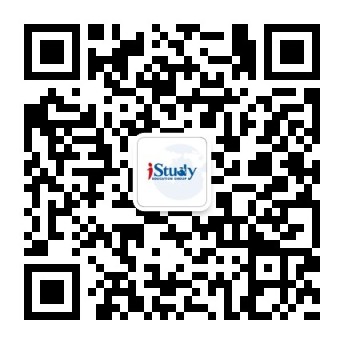念奴娇·鸟儿问答(1965 秋)
TWO BIRDS: A DIALOGUE
–to the tune of Nien Nu Chiao
Autumn 1965
鲲鹏展翅,九万里,翻动扶摇羊角。
背负青天朝下看,都是人间城郭。
炮火连天,弹痕遍地,吓倒蓬间雀。
怎么得了,哎呀我要飞跃。
The roc wings fanwise,
Soaring ninety thousand li
And rousing a raging cyclone.
The blue sky on his back, he looks down
To survey Man’s world with its towns and cities.
Gunfire licks the heavens,
Shells pit the earth.
A sparrow in his bush is scared stiff..
“This is one hell of a mess!
O I want to flit and fly away.”
借问君去何方,雀儿答道:有仙山琼阁。
不见前年秋月朗,订了三家条约。
还有吃的,土豆烧熟了,再加牛肉。
不须放屁!试看天地翻覆。
“Where, may I ask?”
The sparrow replies,
“To a jewelled palace in elfland’s hills.
Don’t you know a triple pact was signed
Under the bright autumn moon two years ago?
There’ll be plenty to eat,
Potatoes piping hot,
Beef-filled goulash.”
“Stop your windy nonsense!
Look, the world is being turned upside down.”
——————————————————————————–
NOTE ON THE VERSE FORM
All the poems in this volume are written in classical Chinese verse forms. Those which carry the subtitle “to the tune of . . . ” belong to the type of verse called tzu. The rest are either lu or chueh, two varieties of the type shih.
The tzu originated in the Tang Dynasty (A.D. 618-907) as lines sung to certain tunes. Each tune prescribes a strict tonal pattern and rhyme scheme, with a fixed number of lines of a standardized varying length. Names like Chin Yuan Chun, Pa Sa Man, etc. indicate not the themes of the respective poems but the tunes to which they are written.
Lu and chueh are the two forms of the shih, which, after inchoate beginnings in preceding ages, became fully established in the Tang Dynasty. With a strict tonal pattern and rhyme scheme the lu or lu shih consists of eight lines of either five or seven characters each; the third line should be matched to the fourth and the fifth to the sixth in both sound and sense. The lu shih in this volume are of the seven-character kind. The chueh or chueh chu consists of four lines of either five or seven characters each. It is a sort of truncated lu, but the third and fourth lines, though still counterpointed in sound, need not be antithetical in sense. The chueh chu in this volume are of the seven-character kind.
TRANSLATORS
MAO ZEDONG (Wade-Giles name: Mao Tse-tung) (1893-1976)
To Westerners, whose own association of poetry and government belongs to a long distant era of the literate and literary courtier, the fact that the most powerful revolutionary and politician of twentieth century China is also among its finest modern poets may seem stranger than it does to the Chinese. Mao Zedong was born in Shaoshan, Hunan province, in 1893 to a family of well-off peasants. He worked on his father’s farm, attended schools, and was educated in Zhangsha at the First Provincial Normal School from 1913-18, where he encountered revolutionary writings. He worked in Beijing in a library in the winter of 1918-19, where he was strongly influenced by Li Dazhao and Chen Duxiu, who were to become Communist leaders. Mao was present in Shanghai in 1921, at the founding of the Chinese Communist Party, and he was engaged in the 1927 peasant uprisings in Hunan. He spent several years with the Communist guerrillas in Jiangxi and other border areas, and after Nationalist armies forced the Communists to flee on the disastrous Long March of 1934, Mao became the supreme leader of the Party. Eventually he led the Communists to victory, and after the founding of the People’s Republic of China in 1949, he became its Chairman. In spite of challenges from within and without the Party, Mao remained China’s most important politician until his death in 1976, after which Party moderates, under the leadership of Deng Xiaoping, took over from Mao’s political coterie, the Gang of Four. In his 1942 “Talks at the Yenan Forum on Literature and Art,” Mao stated that literature is always political, and that its true purpose should be to fire the masses with revolutionary fervor, to celebrate revolution and the people (not the subjective consciousness of the author), and should be judged on utilitarian grounds. This was the basis for the Chinese development of Social Realist literature, and was the authority upon which writers who didn’t fit the revolutionary model were criticized, censored, or worse. Mao’s own poetry was written in classical forms, though he advised his readership not to emulate him in this. Its content is heroic, visionary, revolutionary and it dramatizes the historical events that led to the new Republic.
—Translated by Willis Barnstone and K’o Ching-p’o






